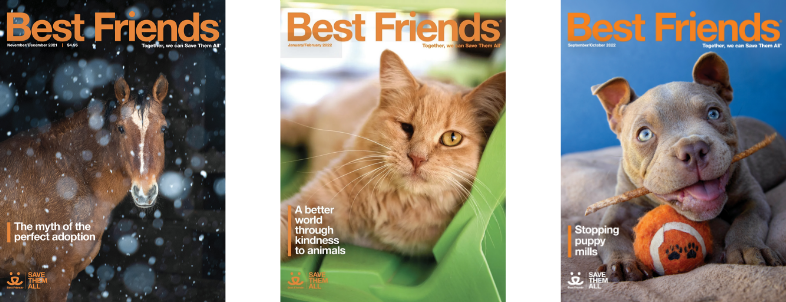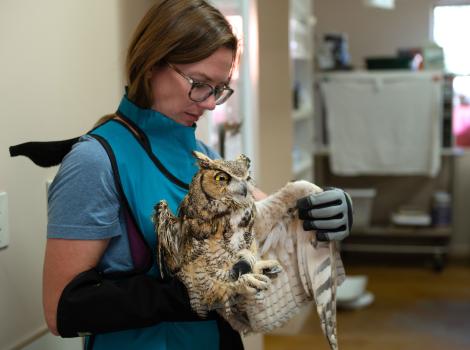Looking back: How Best Friends’ Wild Friends began
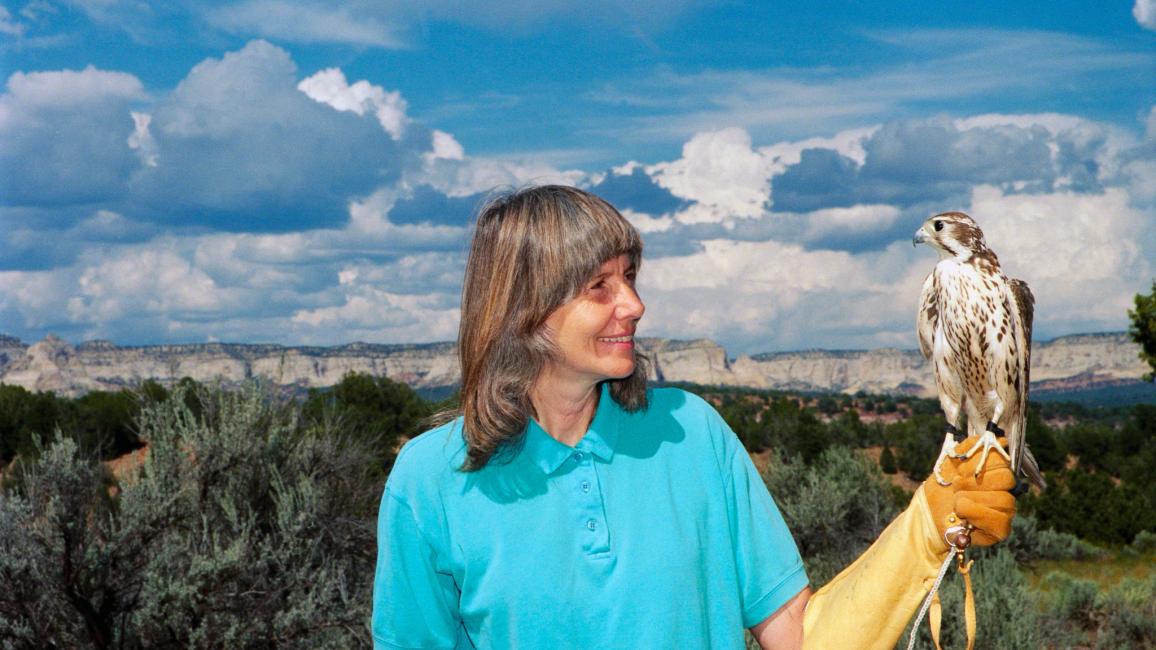
In 1984, when the founders arrived in southern Utah to start Best Friends Animal Sanctuary, we found ourselves awestruck by the natural world around us. It was a land of ancient, towering cliffs and vast blue skies, with thousands of juniper trees scattered across the hills, their bark twisted into whimsical, exotic shapes.
It was also home to everyone from one or two wintering bald eagles to ravens, owls, and songbirds, to deer who return in the winter with their fawns, to salamanders in the spring and summer. And it wasn’t long before these wild creatures began to call to us, and Wild Friends came into being.
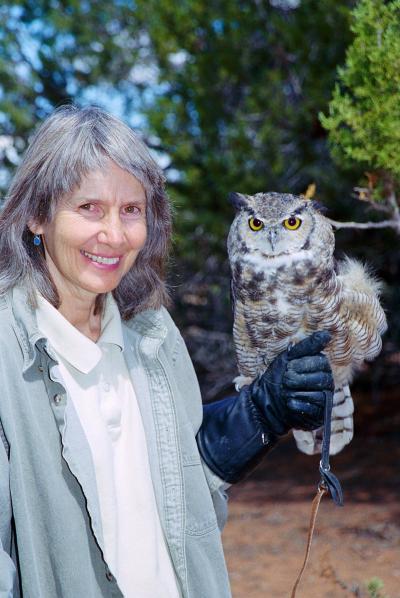
Starting Wild Friends
Wildlife can have accidents, and young ones can sometimes be orphaned. At the time, there was a need for qualified wildlife rehabilitators for all of southern Utah. Across the country, wildlife rehabilitation is carefully regulated, with state and federal permits required. A few of us had always taken an interest in wildlife and had received training in how to care for them, so we obtained the required permits and proceeded to build the aviaries and other structures that would be needed. We decided that this area of the Sanctuary would be called Wild Friends. (In recent years, exceptionally generous friends of Wild Friends have made possible a wonderful new, expansive wildlife center.)
[How to Find a Wildlife Rehabilitator]
Every spring, kind people rescued and brought to us wild baby birds in need of help — sometimes blown onto the ground in a windstorm. In one instance, two nestling kildeer were rescued from a nest built at a construction site, which was quite an unsafe place for them. Like all kildeer babies, they had long, spindly legs. They were raised at Wild Friends and then released; that fall, they migrated. For each of the following eight years, they both returned in the spring to spend the summer in a wild area on Best Friends land. I could hear their long high calls in the distance.
Birds do not always say goodbye when they go, but they often say hello when they return. Three house sparrows whom we had raised and released in the fall came back the following spring and nestled into a tree at Wild Friends. That afternoon, they were off again to find a flock of fellow house sparrows. They had stopped by just to say hello and thank you.

Caring for our wild friends continues
Today, Wild Friends continues to care for and release hundreds of injured or orphaned wild birds — from great horned owls to tiny hummingbirds — so they can live a life free in the wild. Many other injured or orphaned animals, including wild rabbits, chipmunks, squirrels, snakes, and lizards, are cared for at Wild Friends until they are strong enough to thrive in the wild again.
The work of Wild Friends is to care for the native creatures who are so much a part of this land. It has always been a great blessing to care for these wild ones, who were here millions of years before us. They are the wise, innocent souls — graceful spirits — to whom this beautiful land belongs.
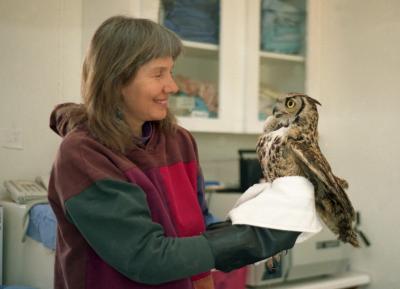
This article was originally published in the March/April 2024 issue of Best Friends magazine. Want more good news? Become a member and get stories like this six times a year.
Let's make every shelter and every community no-kill by 2025
Our goal at Best Friends is to support all animal shelters in the U.S. in reaching no-kill by 2025. No-kill means saving every dog and cat in a shelter who can be saved, accounting for community safety and good quality of life for pets.
Shelter staff can’t do it alone. Saving animals in shelters is everyone’s responsibility, and it takes support and participation from the community. No-kill is possible when we work together thoughtfully, honestly, and collaboratively.
